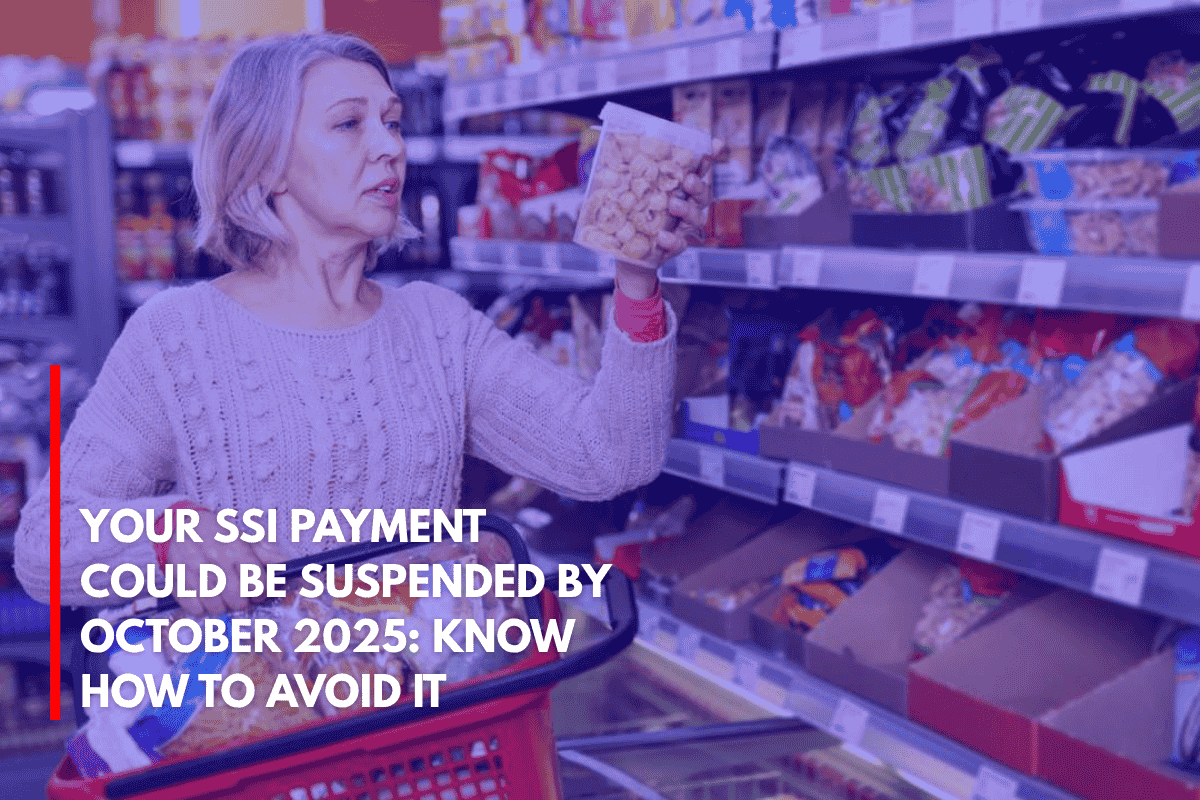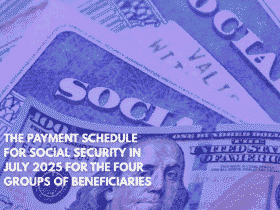The Social Security Administration (SSA) will issue Supplemental Security Income (SSI) payments for July 2025 on Tuesday, July 1st. This follows the usual schedule, as July 1st falls on a weekday, unlike in June, when payments were moved up due to the 1st falling on a Sunday.
SSI Payment Schedule for July 2025
For July 2025, SSI recipients will receive their payments on Tuesday, July 1st. This is the first business day of the month, and beneficiaries can access their payments via direct deposit or a Direct Express card, depending on their preference. Unlike June, where payments were made early due to a weekend, there will be no such early distribution in July.
Current Federal Amounts for SSI Payments in 2025
For July 2025, the federal maximum SSI payment amounts are as follows:
$967 per month for an individual recipient.
$1,450 per month for couples receiving the joint benefit, with this amount divided equally between both partners.
$484 per month for an “essential person,” someone who provides ongoing care to an SSI beneficiary.
These figures include a 2.5% increase that went into effect in January 2025 as part of the annual Cost-of-Living Adjustment (COLA). This increase aims to help SSI recipients keep pace with inflation. For 2026, projections from The Senior Citizens League (TSCL) suggest that the COLA will again be around 2.4% to 2.5%.
Eligibility for SSI Payments
To qualify for SSI, applicants must meet one of the following criteria:
Be 65 years old or older.
Be legally blind.
Have a disability that prevents substantial gainful employment according to SSA standards.
Additionally, applicants must have income below the established limits:
For individuals, the income limit is $967 per month.
For couples, the combined income limit is $1,450 per month.
SSI payments are reduced based on the applicant’s income. For example, for every $2 of earned income above the first $85, $1 is deducted from the SSI payment. Other sources of income can also reduce the final amount.
SSI applicants also need to have limited resources or assets. The resource limit for individuals is $2,000, and for couples, it is $3,000. The SSA considers assets such as bank accounts, stocks, bonds, and other property (except for your primary residence and vehicle) when evaluating eligibility.
Important Eligibility Notes
Applicants must be U.S. citizens or nationals, or have qualifying immigration status.
SSI beneficiaries must reside in the U.S., the District of Columbia, or the Northern Mariana Islands. If a beneficiary spends more than 30 consecutive days outside the U.S., they will lose their SSI benefits.
Upcoming Change: Discontinuation of Paper Checks
A significant change is coming for all SSI beneficiaries in September 2025. Starting from September 30, 2025, the SSA will discontinue sending paper checks. All payments will be made via electronic transfer only. Beneficiaries will need to switch to one of the following methods:
Direct Deposit into a bank or credit union account.
Direct Express prepaid card, which is a government-issued debit card for those without a bank account.
This change is expected to save the SSA approximately $657 million annually and will impact 485,000 to 494,000 beneficiaries, particularly older adults and those in rural areas without bank accounts.
What You Need to Do
If you currently receive your SSI payments by paper check, you need to take action before September 30, 2025 to avoid payment delays or the possibility of missing out on your benefits. The SSA recommends that you either:
Open a bank account to receive direct deposit payments.
Apply for a Direct Express card through the Department of the Treasury if you don’t have access to a bank account.
Failure to act may result in delays in receiving your benefits, which could affect your ability to pay for essential services. To begin the process, contact your local SSA office immediately to transition to an electronic payment method.











Leave a Reply